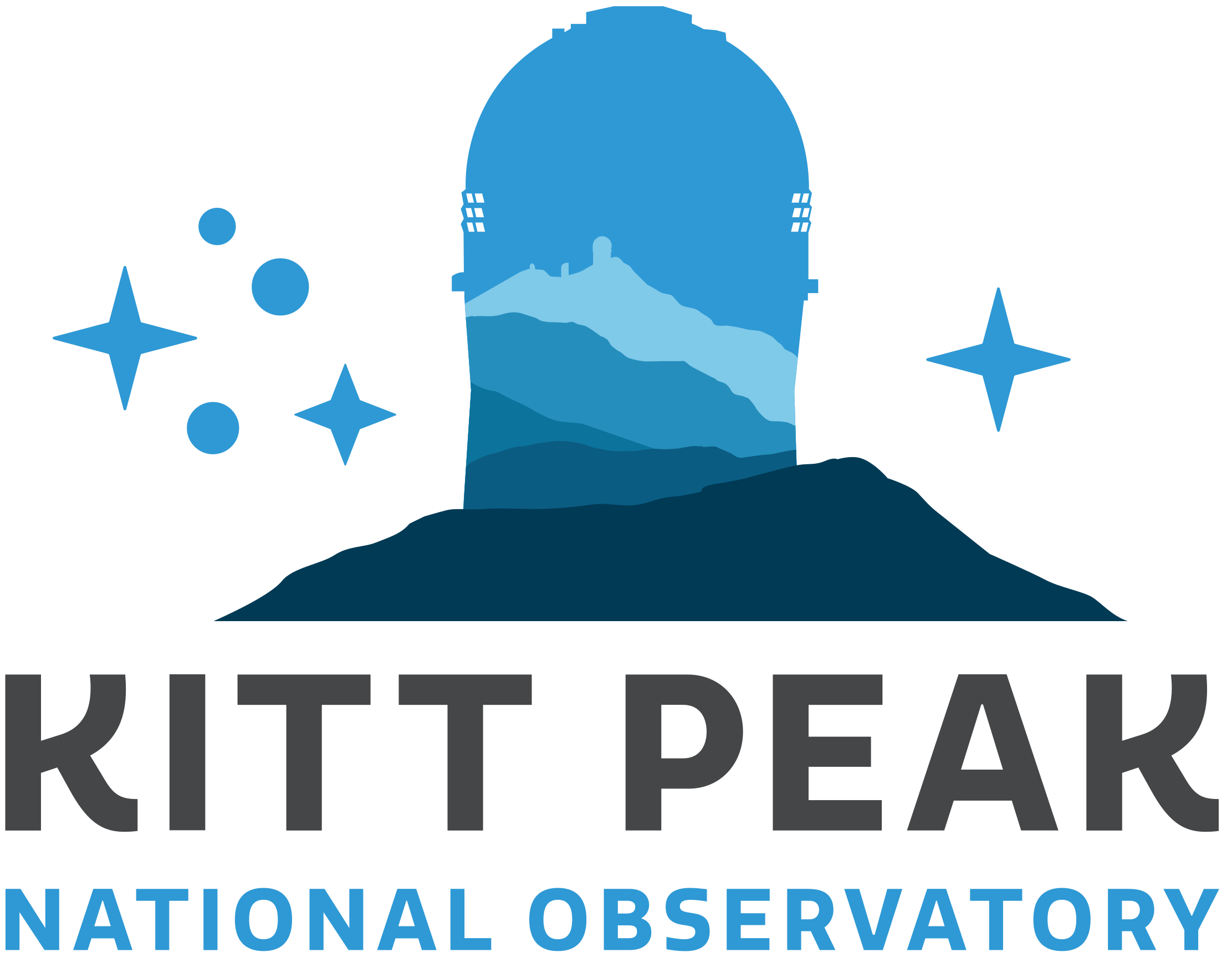KITT PEAK NATIONAL OBSERVATORY
Visit Kitt Peak — Please book in advance
Book your tickets on Eventbrite.
More Releases
Founded in 1958, Kitt Peak National Observatory is home to one of the largest arrays of optical and radio telescopes in the world.
KPNO is located 87 km (54 miles) southwest of Tucson, Arizona, at an altitude of 2096 m (6877 ft) in the Schuk Toak District on the Tohono O'odham Nation. The Kitt Peak Visitor Center is your first stop on any visit. It is your springboard to informative daytime tours, nighttime stargazing programs, fascinating exhibits, a terrific gift shop, and beautiful panoramic mountain top views!
The astronomical community is honored to have the opportunity to conduct astronomical research on Iolkam Du’ag (Kitt Peak) in Arizona. We recognize and acknowledge the very significant cultural role and reverence that this site has to the Tohono O'odham Nation.





